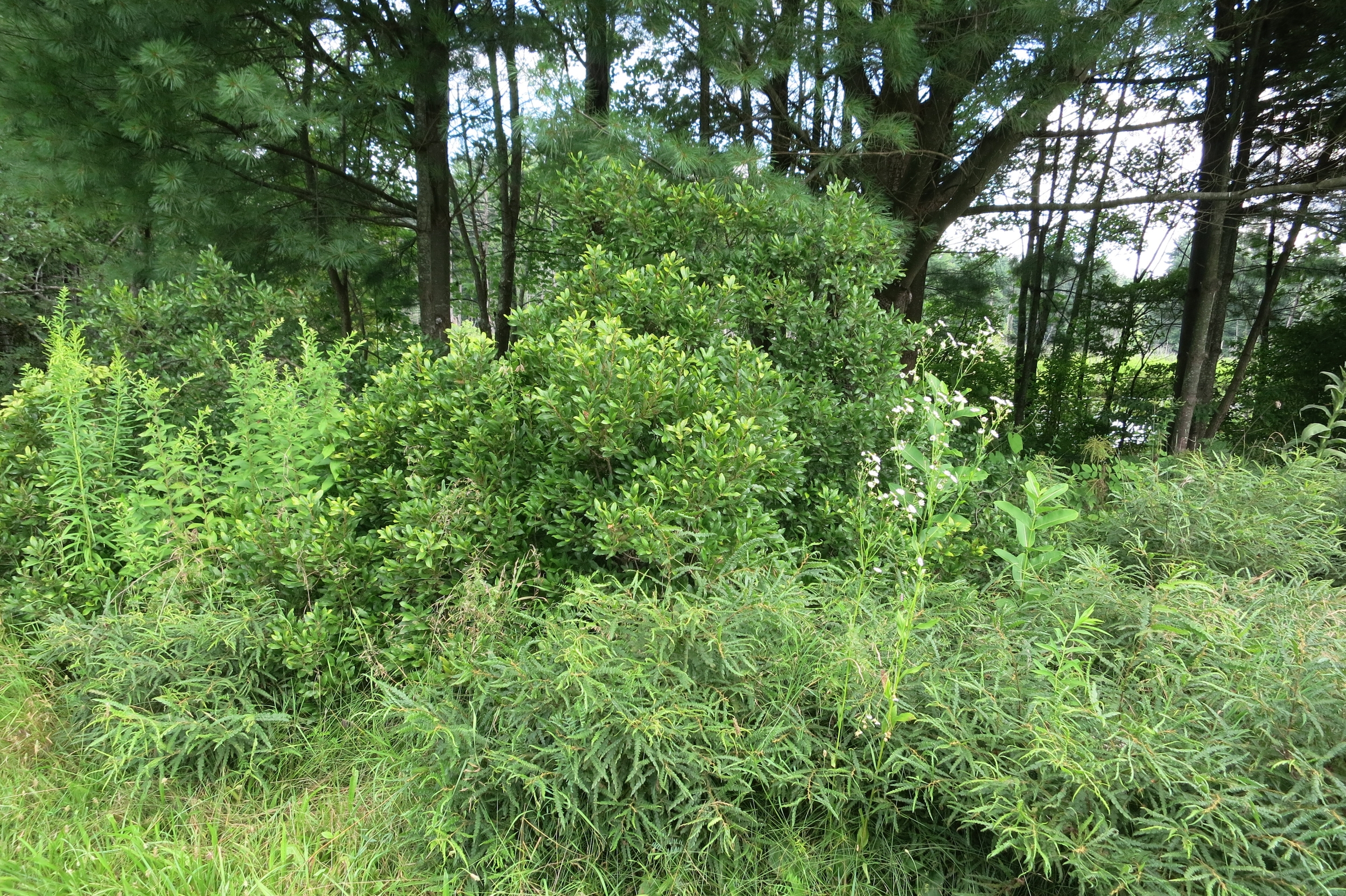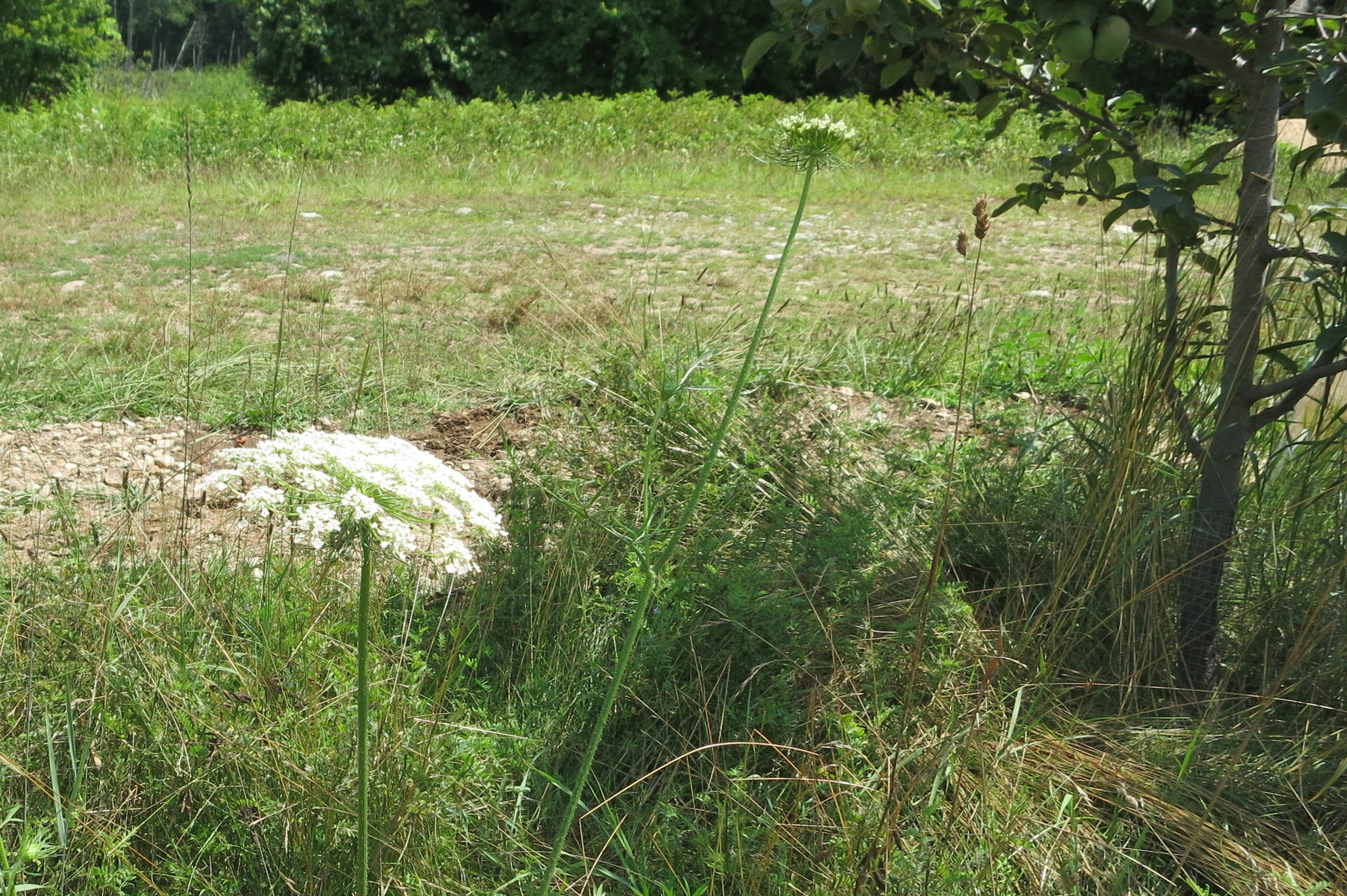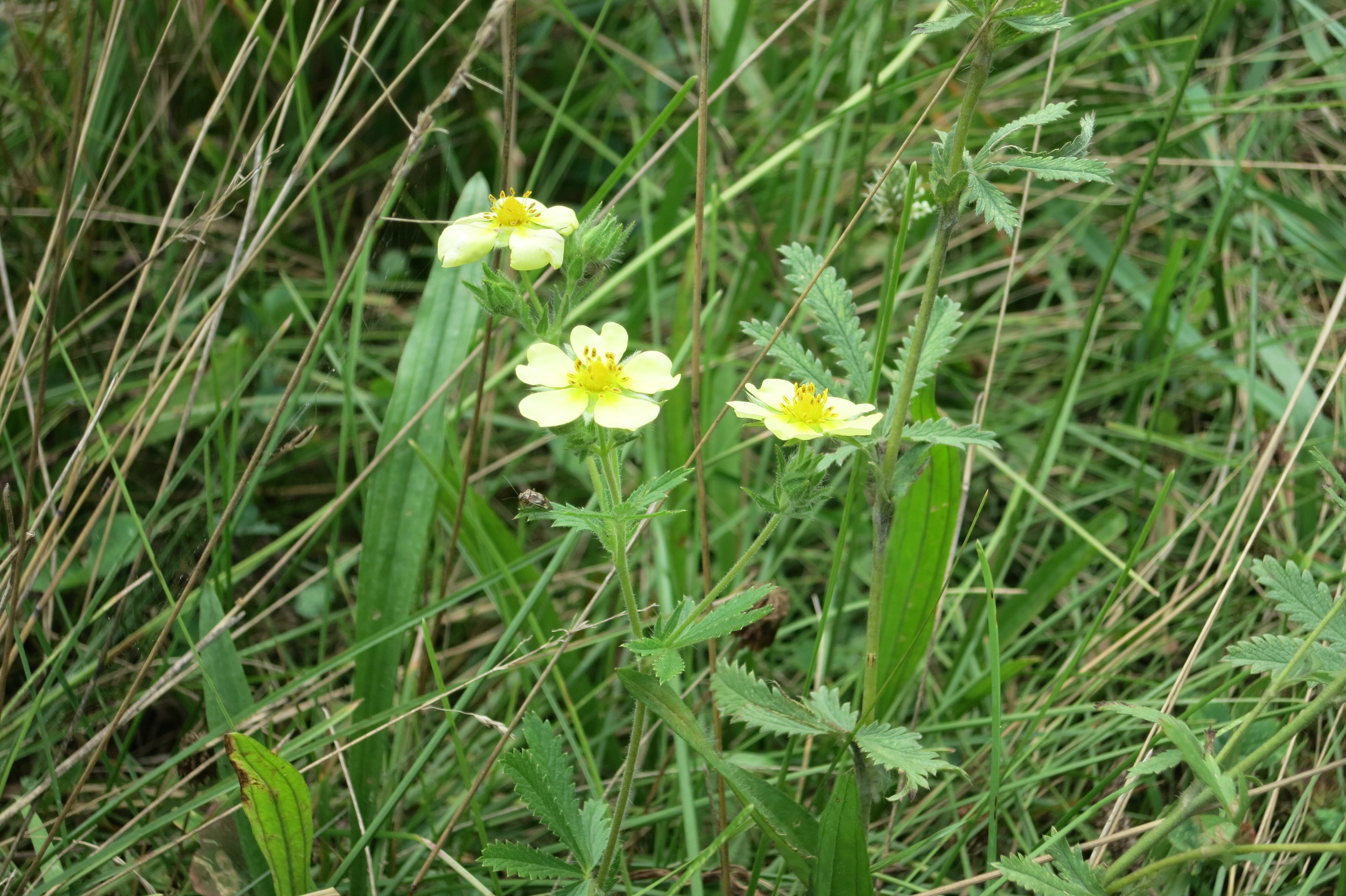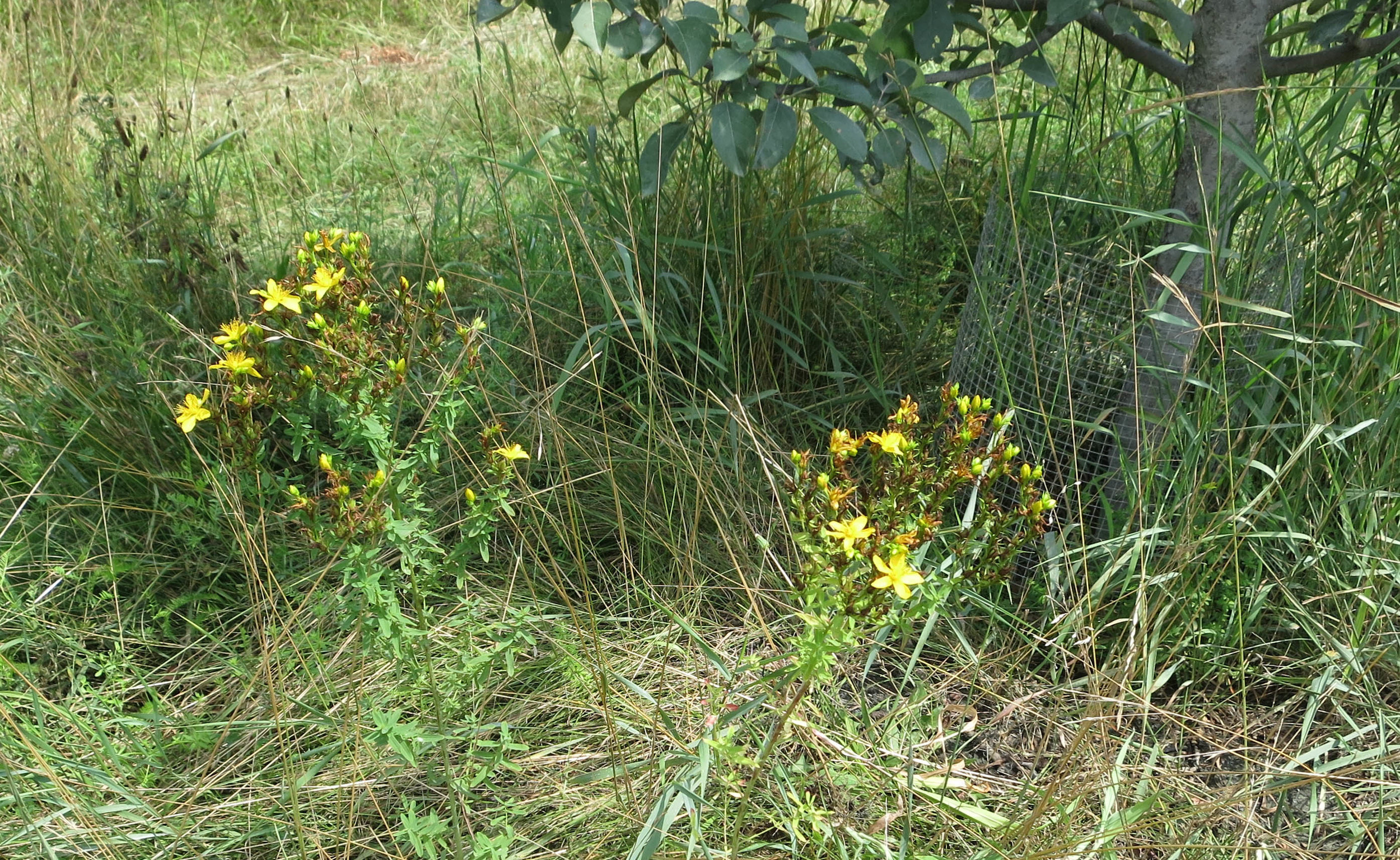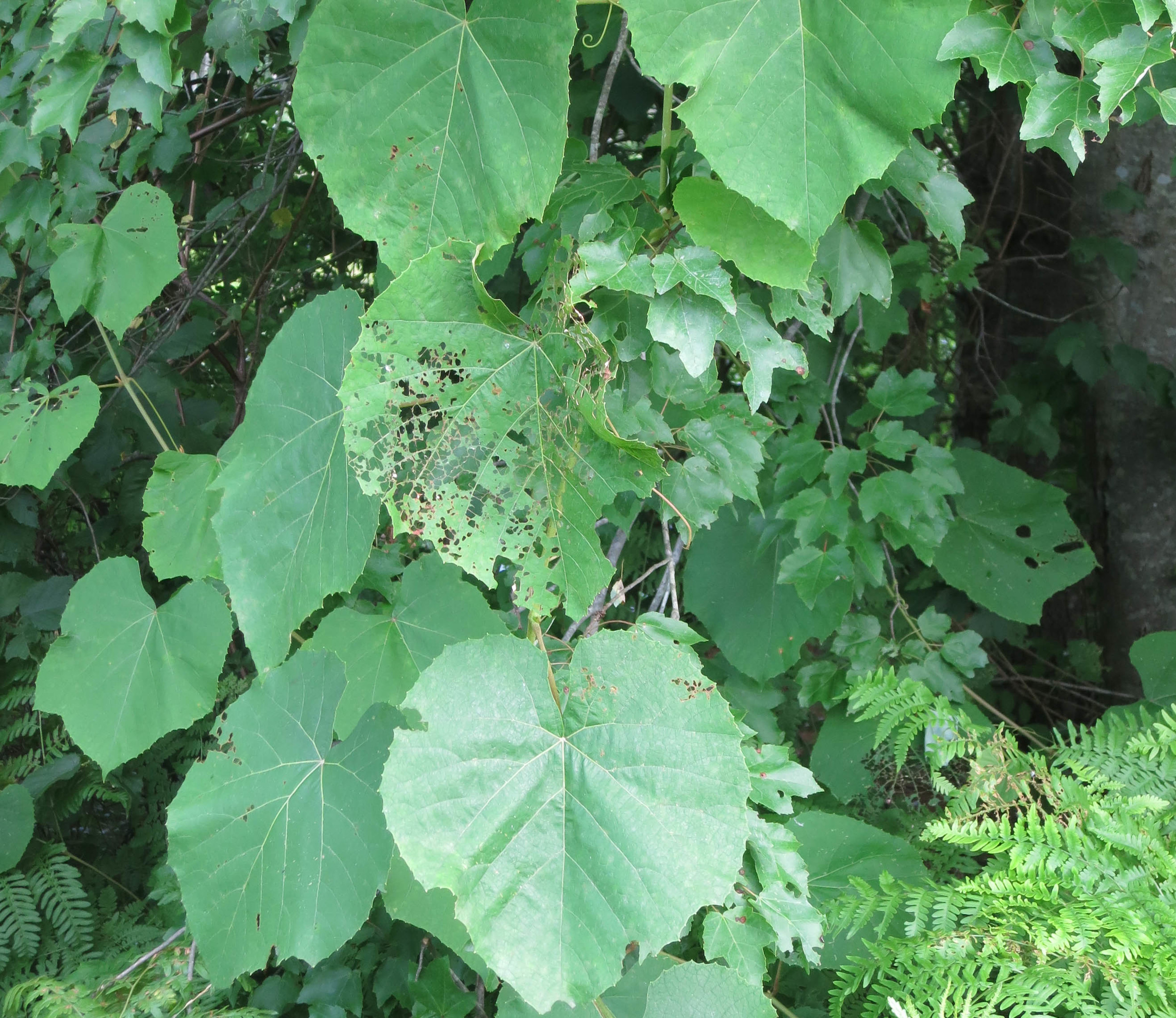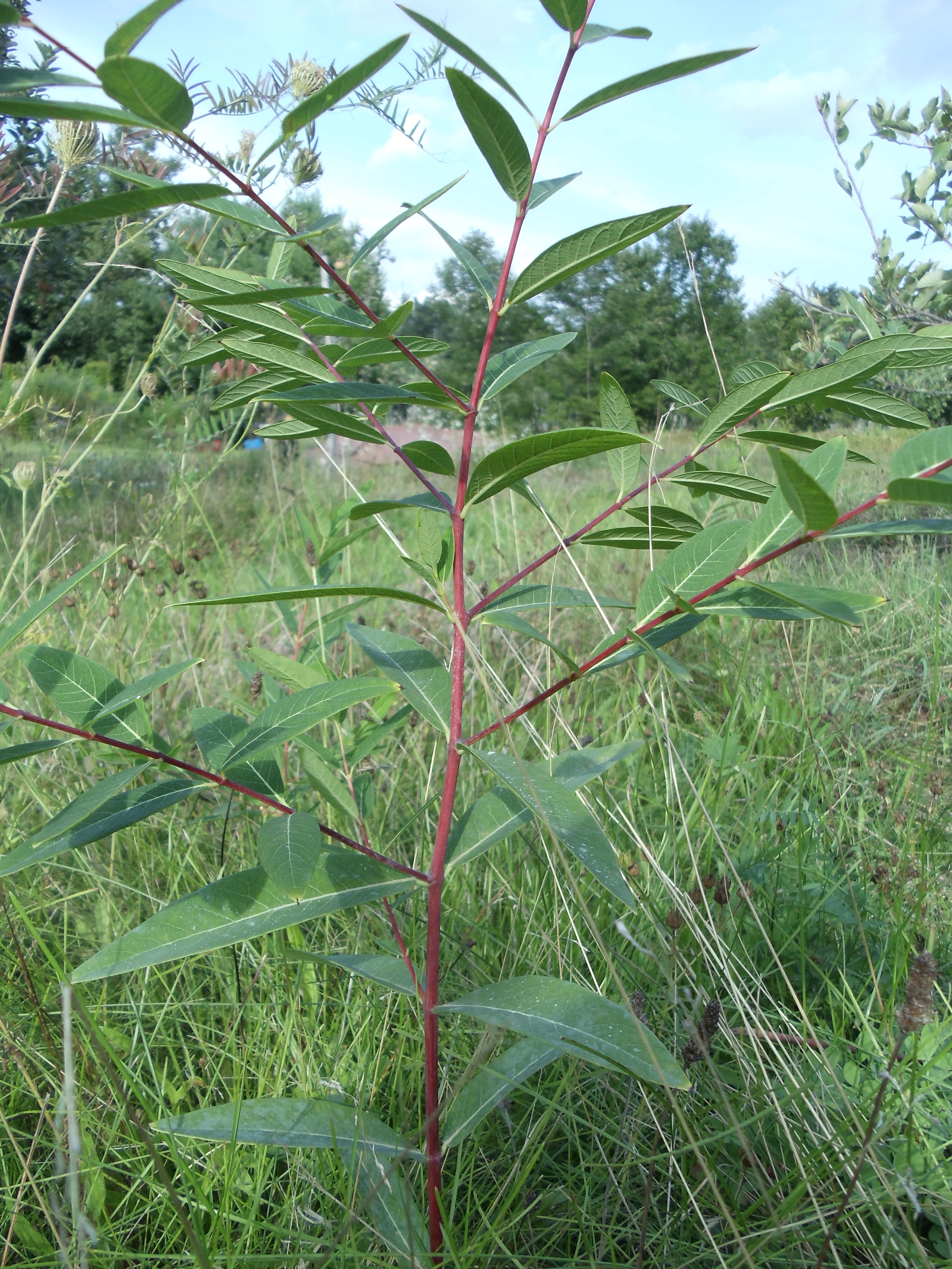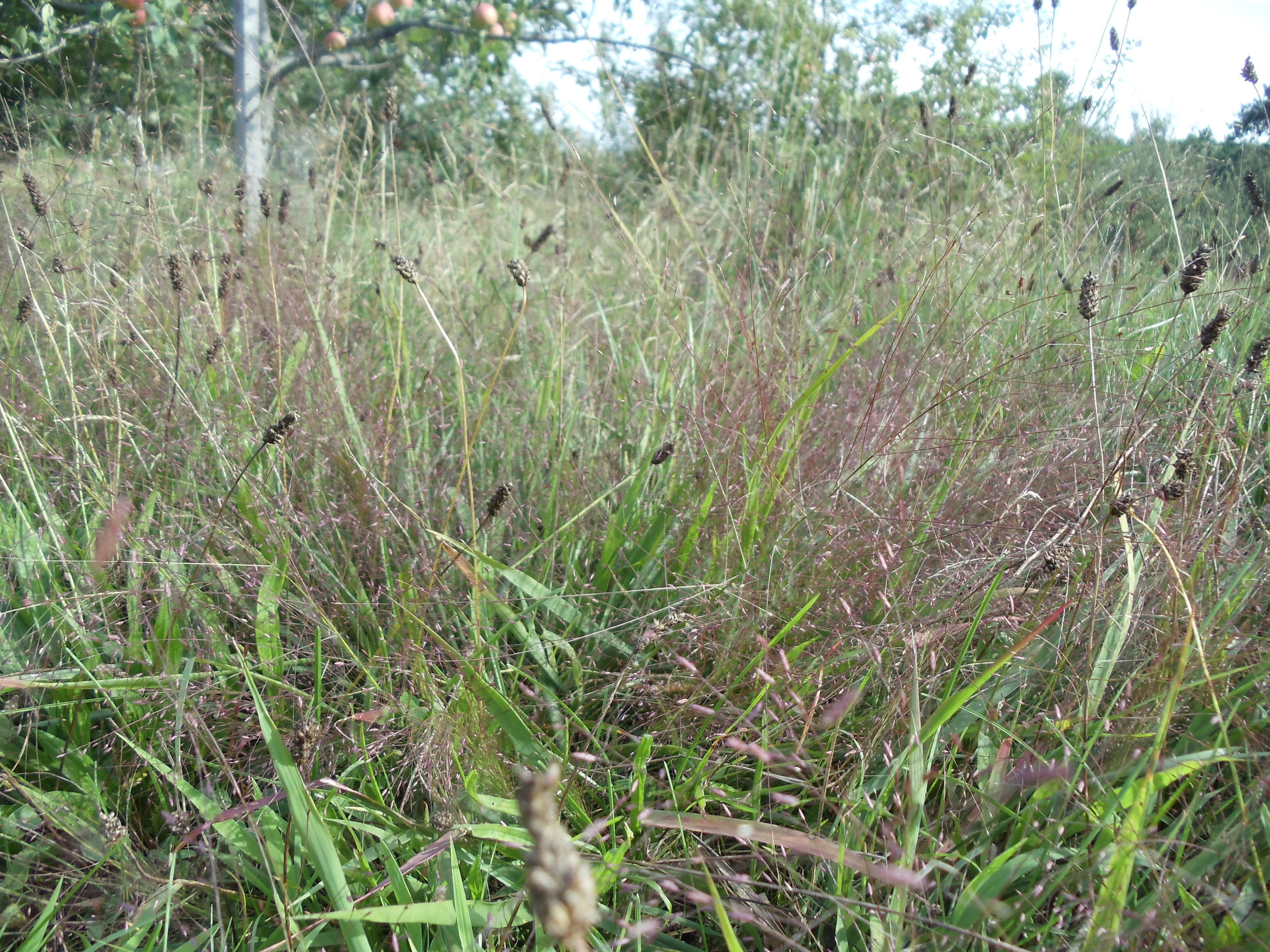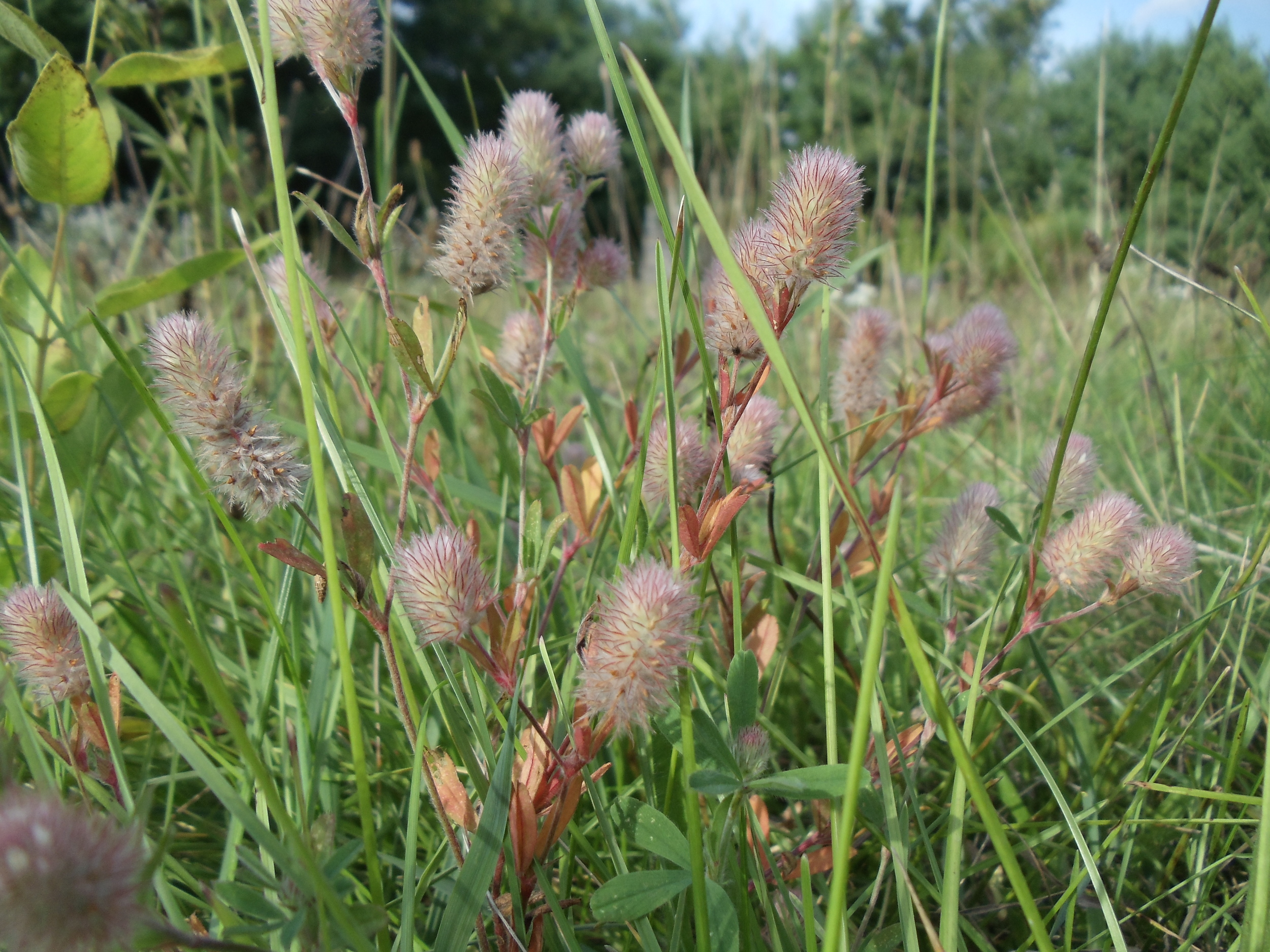We are very excited to offer a glimpse at all of the amazing plants that grow in our orchard. Sustainable landscape designer Anna Fialkoff has perused our land, planted a few of her permaculture favorites, and created this fantastic guide. It is a wonderful work in progress, so please keep checking in!
Feel free to post pictures and comments about your companion planting experience on our Facebook page!
What are Weeds?
"What is a weed? A plant whose virtues have never been discovered." Ralph Waldo Emerson
…Or as I like to say, a weed is in the eye of the beholder. Our perception of weeds is that they are plants that are out of place, but I often notice weeds appearing in just the right place at just the right time to serve many functions. Weeds, often annuals and perennials from Europe, are pioneer species that are found on arable land like pasture and fallow fields. Dandelions, thistles, mullein, and plantain are a few examples of these early successional plants, moving into land which has recently been cultivated, mowed, logged, burned, or disturbed in some way. Ironically, people actually create ideal habitat for the very species that they are struggling get rid of! Weeds perform vital ecosystem services: providing nectar for pollinators when a cultivated crop is not in bloom, covering ground and stabilizing soil, drawing minerals from deep underground up to the surface soil so they can be available nutrients to other plants, and building biomass for rich organic soil. People too have benefited from weeds for thousands of years by getting subsistence when the cultivated crops fail, supplementing their diet for vital nutrition, procuring free medicine, or at least serving them in a side dish to go with the potato. Let’s celebrate the weeds!
Gallery of Naturalized Plants in the Orchard
At most orchards there is not a plant to be found underneath the trees, and herbicides are sprayed each year to keep the weeds and their seed bank at bay. This practice is thought to reduce the orchard trees’ competition with weeds for water, nutrients, air, and light. It is rare to find an orchard that encourages the many herbaceous species in the understory, yet many farmers are now rethinking the orchard trees’ relationship to weeds and considering them more helpful than a hindrance to fruit production. Highlighted here are some of the species that occur in Old Frog Pond Farm's orchard, and how they may benefit the orchard and the people who tend it.
Gallery of Cultivated Plants in the Orchard
By adding herbaceous species to the orchard understory, we want mimic an edible forest garden, or a perennial polyculture of multipurpose plants. This will enrich it with species that might not naturally occur there and which have specifically been chosen for a myriad of purposes: attracting pollinators at different times of year, acting as soil fertilizers and nutrient rich living mulch, providing medicine and food, or giving some other service to the orchard. Here are some examples of stellar perennials we’ve added so far and that would enhance most any orchard.
ORCHARD PLANTS BIBLIOGRAPHY
Trail Guide to Medicinal Plants of Fruitlands: Twenty-four Common Plants and Their Historic Uses by Cynthia Baddour
Making Plant Medicine by Richo Cech
Growing and Propagating Wildflowers of the United States and Canada by Bill Cullina
Botany in a Day: The Patterns Method of Plant Identification by Thomas J. Elpel
Gaia’s Garden: A Guide to Home-Scale Permaculture by Toby Hemenway
Edible Forest Gardens: Ecological Vision and Theory for Temperate Climate Permaculture by Dave Jacke
The Wild Gardener in The Wild Landscape: The Art of Naturalistic Landscaping by Warren G. Kennfield
Restoration Agriculture: Real-World Permaculture for Farmers by Mark Shepard
Theraputic Herb Manual, A Guide to the Safe and Effective Use of Liquid Herbal Extracts by Ed Smith
Earth Medicine Earth Food by Michael A. Weiner

